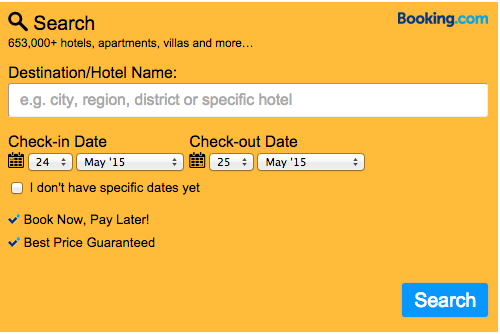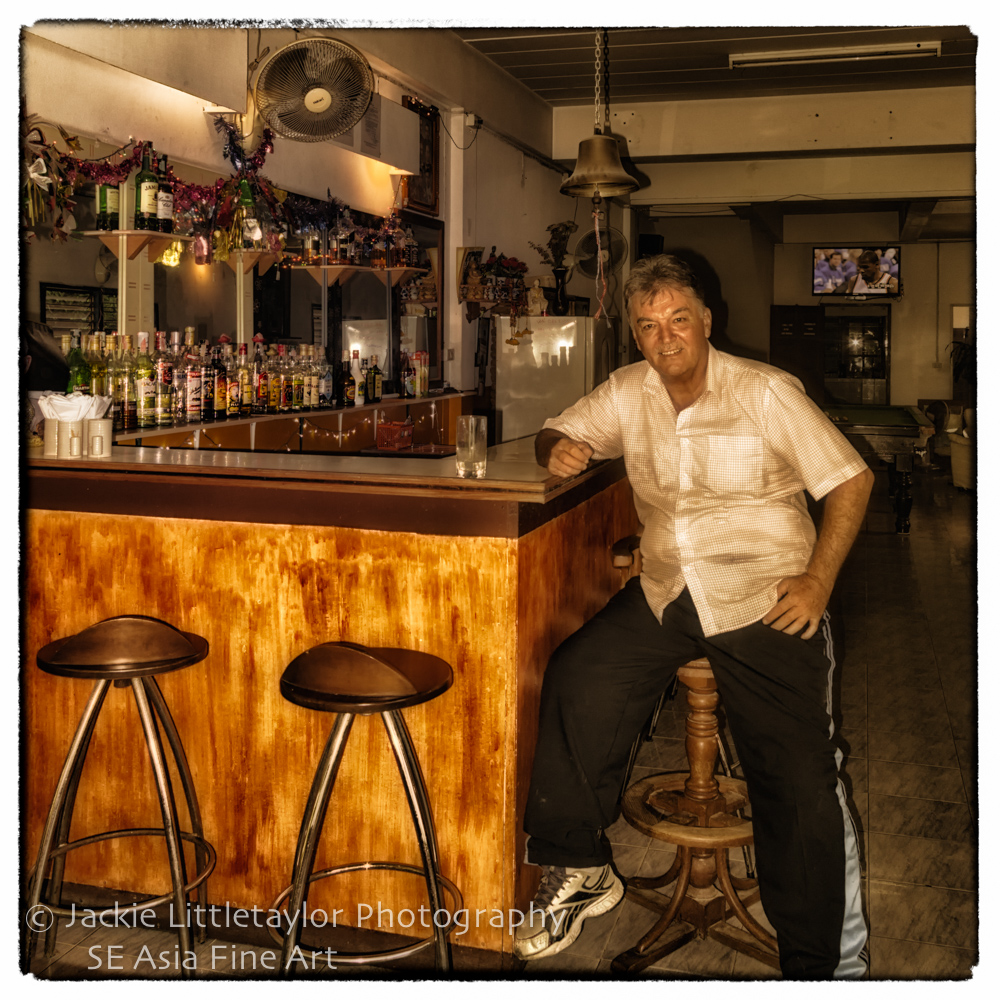There is no train service for passengers at this time but there are plans and work is underway to restore the train service.
taken from Wikipedia
The railways are currently being rehabilitated by the Government of Cambodia, with funding from the Asian Development Bank, Australian Agency for International Development (AusAID) and Australian company Toll Holdings, to be operated under the name Toll Royal Railways and to complete a missing link in the Trans-Asian Railway. The first line to be reopened as part of this project was the 117 km (73 mi) section between Phnom Penh and Touk Meas in October 2010. The complete Southern line to Sihanoukville Port actually opened, for freight traffic, in January 2013, some 18 months behind schedule.
The Western line connecting to the Thai rail network at Poipet is currently being reconstructed, scheduled to open in phases during 2014 and 2015, and a new railway connecting Phnom Penh to Ho Chi Minh City is in planning, which would complete the rail link from Singapore to Kunming
China Railway Group is planning to build a 405 km north-south railway across Cambodia, which would support planned expansion of the steel industry in Cambodia
The French colonial government built the first line, which runs from Phnom Penh to Poipet on the Thai border, between 1930 and 1940, with Phnom Penh Railway Station opening in 1932. The final connection with Thailand was completed by the Royal State Railways in 1942. However, the service from Bangkok to Battambang was suspended when the French Indochinese Government resumed sovereignty over Battambang and the Sisophon area from Thailand on December 17, 1946, as Thailand was seen as a supporter of Khmer Issarak, the anti-French, Khmer nationalist political movement.
Toll Royal Railways
They have been given the contract to rebuild the rail system and its been on again and stop again. As on now on again You can click on the link to get an update.
The Bamboo Train Battambang
The Bamboo railway as it is known to overseas visitors, “norry” or “lorries” as it is known to locals is a popular form of transport in the Northwestern area of the country near Battambang. The trains consist of a bamboo-covered platform and two detached axles with wheels. They run on regular tracks and are powered with scavenged engines, such as Briggs & Stratton type air-cooled gasoline engines adapted from portable electricity generators, or from water pumps Power is transmitted by belt and pulley. Trains can reach up to 40 km/h. When meeting traffic in the opposite direction, passengers of the cart with fewer passengers are expected to lift the platform, engine, and axles of their cart off the tracks to let the other cart pass









